Return of the Shrill Green Sky - Upland Waders in Spring
Before the snow fell this week many of our most cherished upland birds were returning to their breeding sites on the moors and grasslands of the North York Moors and Yorkshire Dales National Parks. As long as the cold and ice doesn’t linger, they will tough it out. Arriving early and staking your ground is essential for a successful nesting season. In a couple of weeks, we will be starting our Uplands in Spring Birding Day tours, so here is a taster of what’s in store.
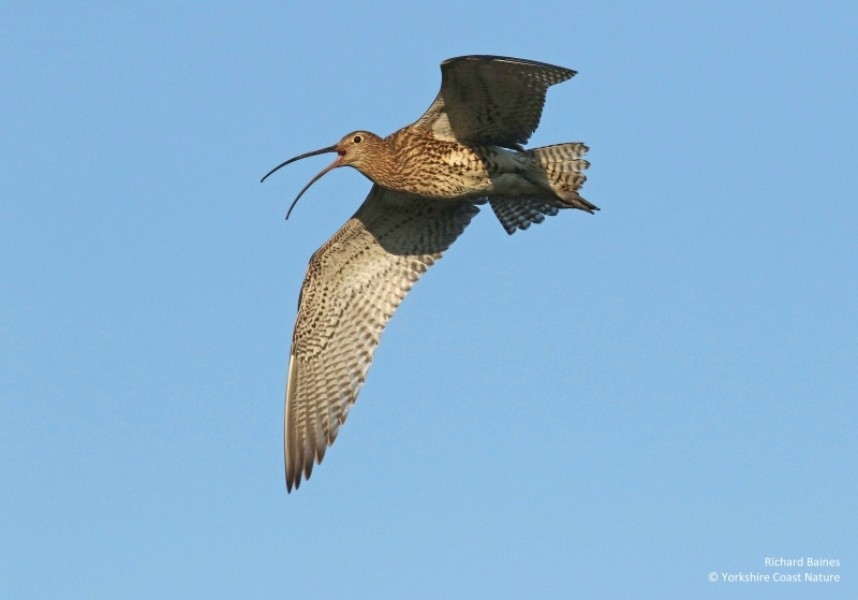
Eurasian Curlew - North Yorkshire © Richard Baines
Five species of wader nests in both the Yorkshire Dales and the North York Moors National Parks. Eurasian Curlews are the biggest of the six and one of the most well-known birds in our country. Their wonderful bubbling song is as welcome a sign of spring as the high-flying skylark.
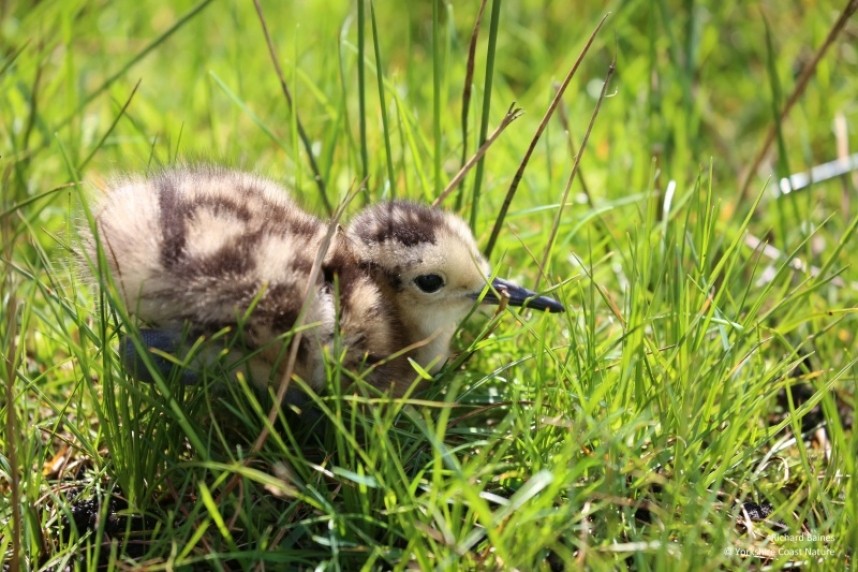
Eurasian Curlew chick - North Yorkshire © Richard Baines
By the time early April arrives our local Curlews will be brooding eggs in the North York Moors National Park. Whilst inland Curlews are incubating, close by on the rocky Jurassic coastline many Curlews will very soon be heading back over the North Sea to their breeding grounds in Scandinavia. This mix of British Curlews nesting on the moors alongside European Curlews leaving their wintering sites and flying back to Europe is one of many examples of how animal migration is all about free movement. Birds follow flyways with no boundaries.
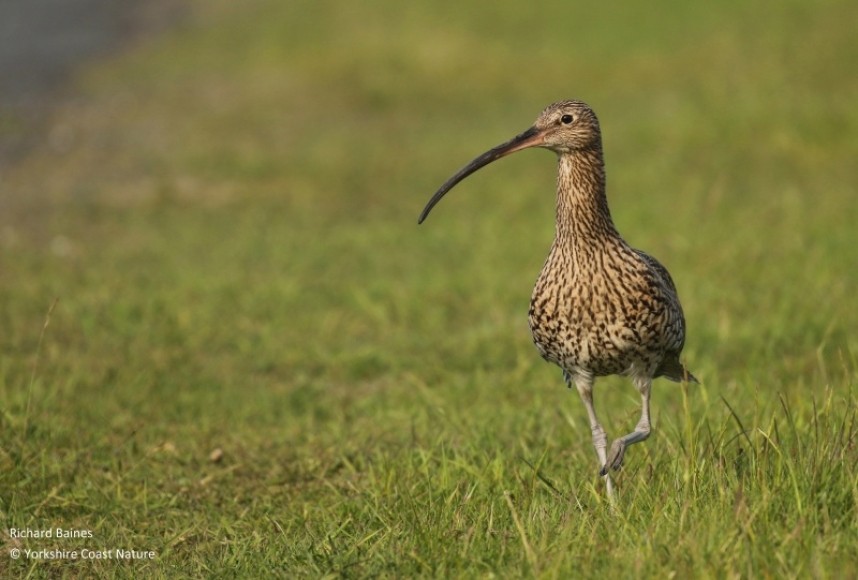
Eurasian Curlew - North Yorkshire © Richard Baines
I will never forget the wonderful sight of 12 Curlew in a tight V formation flying straight out to sea in mid-April from Flamborough Headland. They were calling loudly to each other, keeping in close contact for their perilous flight back to northern Europe.
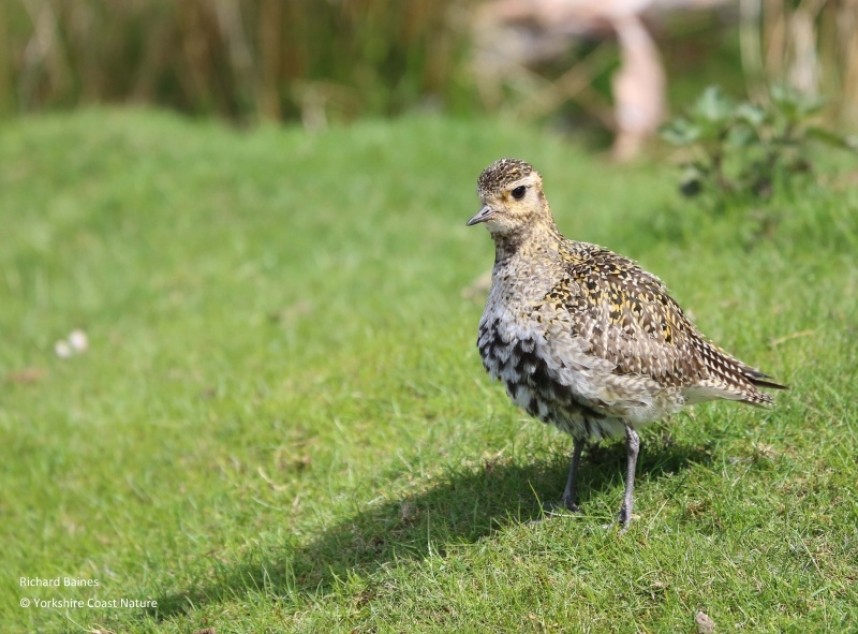
European Golden Plover - North Yorkshire © Richard Baines
On the highest open ground of the moors listen out for European Golden Plovers singing their beautiful courtship song. They can be difficult to see as they can climb to a great height above their territory. The birds in North Yorkshire are some of the most southerly nesting Golden Plover in Europe. Many more nest as far north as the Arctic tundra where they seek out open wet ground with moss and shallow pools.
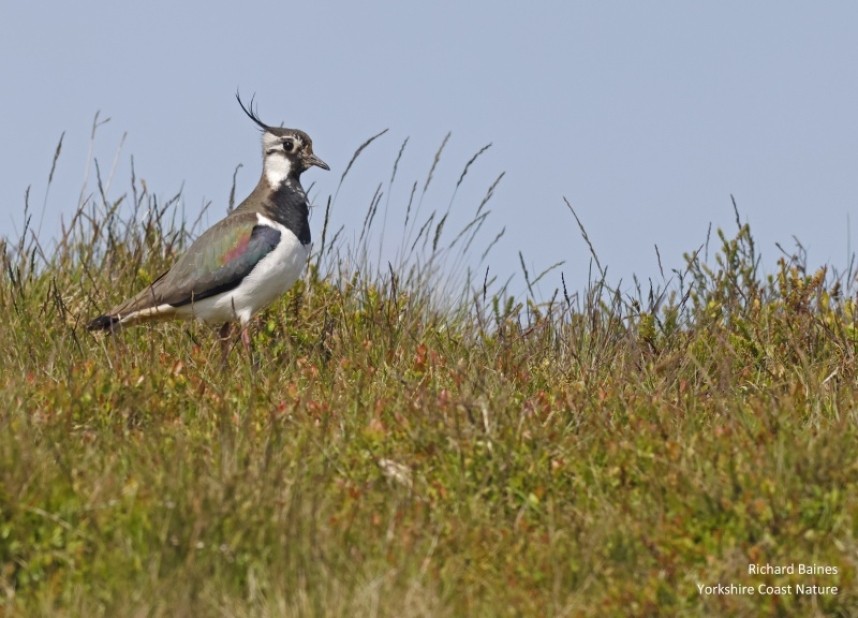
Northern Lapwing - North Yorkshire © Richard Baines
By the side of the moor’s roads near closely grazed turf or in adjacent fields of pasture are the best place to look for Northern Lapwings. Their spectacular bottle green feathers can be seen in good light along with their wonderful head crest. They have been a popular bird in folklore for centuries with many alternative vernacular names; Peewit, Green Plover, Flopwing and Old Maid being a few.
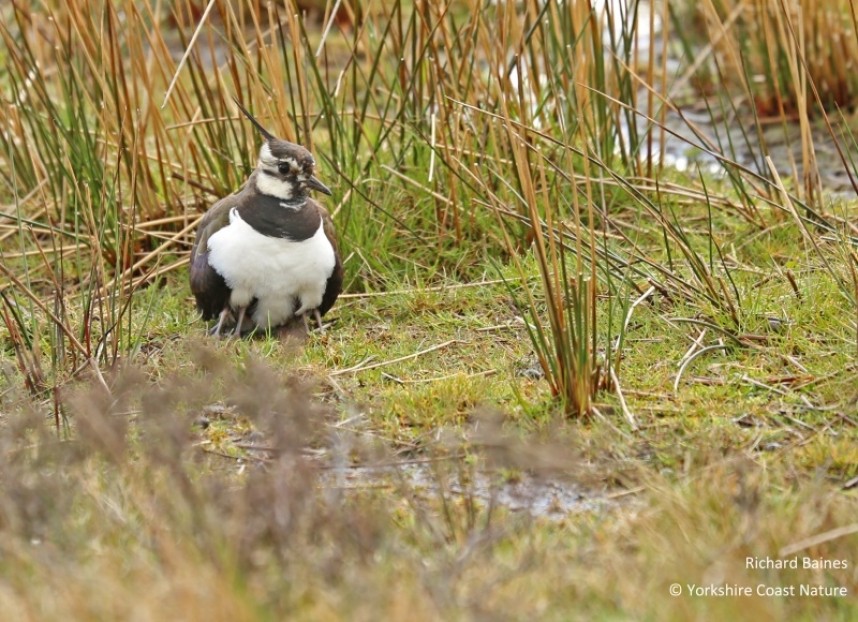
Northern Lapwing - North Yorkshire © Richard Baines
I recently discovered this inspirational poem about Lapwings by Hannah Copely in which she describes with great skill these magical birds in the “shrill green sky” to read it Click Here.
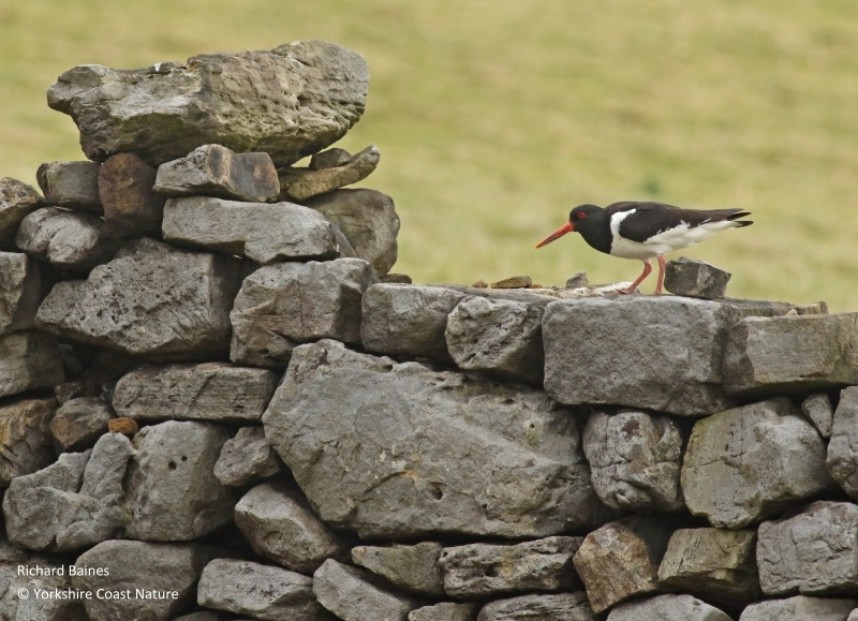
Eurasian Oystercatcher - North Yorkshire © Richard Baines
Even more striking is the Eurasian Oystercatcher. In my lifetime of birding in Yorkshire I have witnessed a welcome increase in these noisy and colourful birds. Where once I seldom encountered nesting Oystercatchers in the east of North Yorkshire close to my home, they are now breeding in larger numbers every year. Their desire to sit on walls for greater visibility across their chosen habitat is shared by Curlew, Snipe and Redshank.
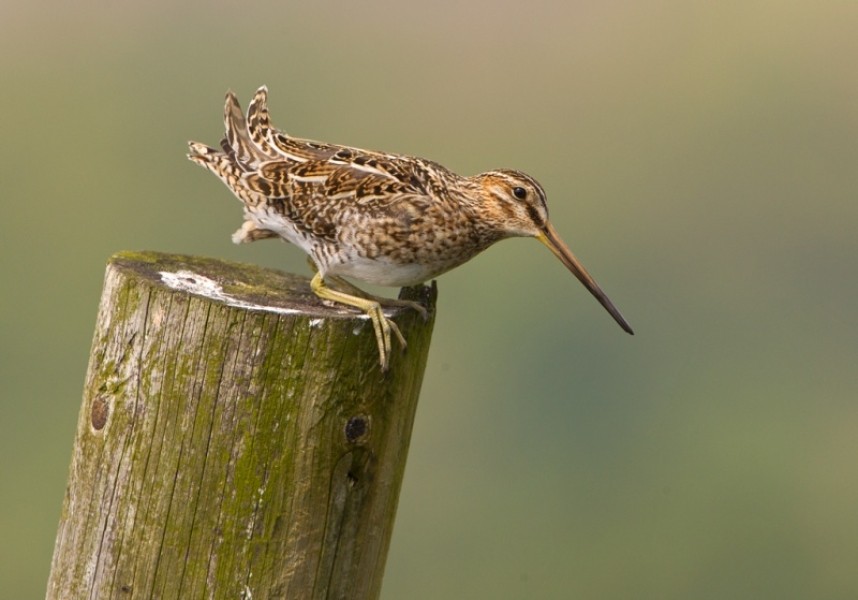
Common Snipe - North Yorkshire © Steve Race
The most difficult to find of the five waders is the secretive Common Snipe. Whilst they are not as abundant as they used to be they can still be found in good numbers close to waterlogged ground on upland pasture and moors. Get up early because the best time to spot them is just after dawn. Look out for the males as they sit out in the open often on top of a post or wall making their ‘drumming’ song. This sound is made by their tail feathers flapping really fast like tiny flags. The sound was recorded by researchers when the birds climbed up to 50m and then dropped at speeds of between 31 and 56 mph. The special feathers are then stuck out and vibrate to produce the sound. The faster they fly the higher frequency of sound, and the adaptation of narrower feathers in different species of Snipe produces a greater variety of pitch.
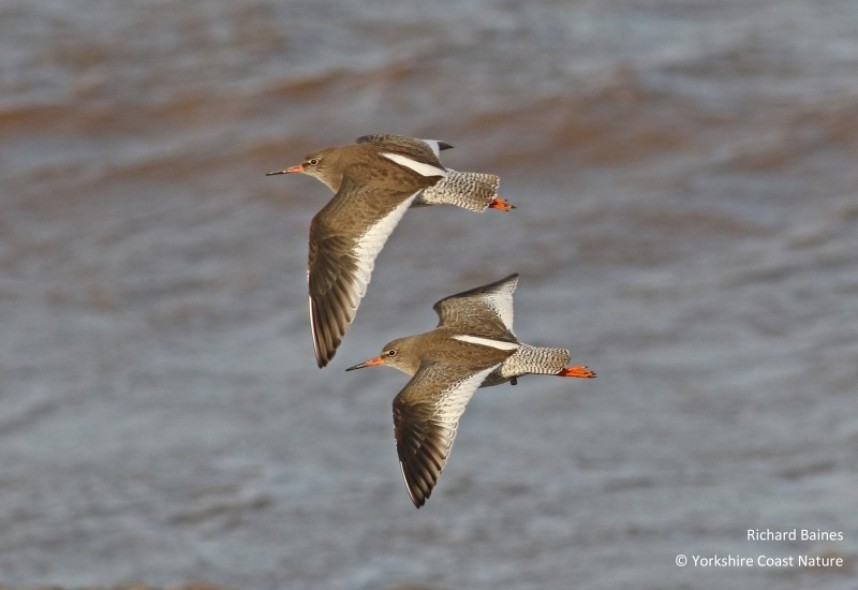
Common Redshank - North Yorkshire © Richard Baines
The final species to look out for is the Common Redshank. Once much more common than today, Redshanks are now found mostly in the Yorkshire Dales with only a very small number nesting further east in the North York Moors. Their choice of taller grassland, old pasture, wet marshy ground often with old ditches has become an increasingly rare habitat. They also like to perch on prominent structures such as fence posts or rocks from which they keep a sharp eye out for danger. In flight look out for the distinctive white trailing edge to their wings. A two-toned contrast, white bordering brown.
I always find it very difficult to approach a Redshank without it seeing me first. It’s a great challenge but almost impossible, their keen eyesight is much better than ours. When they see a human shape, they fly and call danger as loudly as possible. Any nearby birds will immediately react to their neighbours warning. I think of Redshanks as the scout of the marshes, always alert. If you want to watch waders or any other birds go about their lives without them seeing you then hide your shape as effectively as possible.
When driving across the Yorkshire Dales or North York Moors National Parks in the spring or summer, please be very careful on the roads. As well as lambs and sheep many birds such as Lapwings can easily be hurt or killed by careless road users.
Richard Baines YCN



 Back to Blog
Back to Blog
